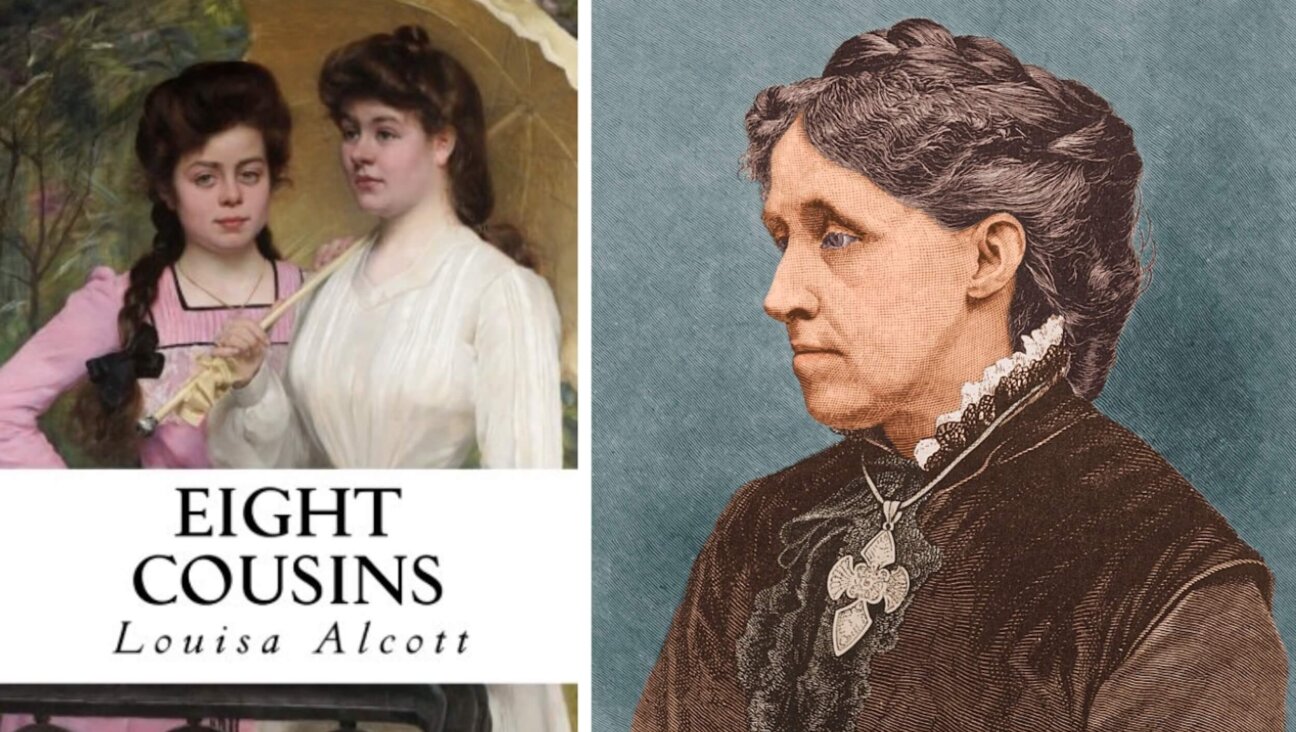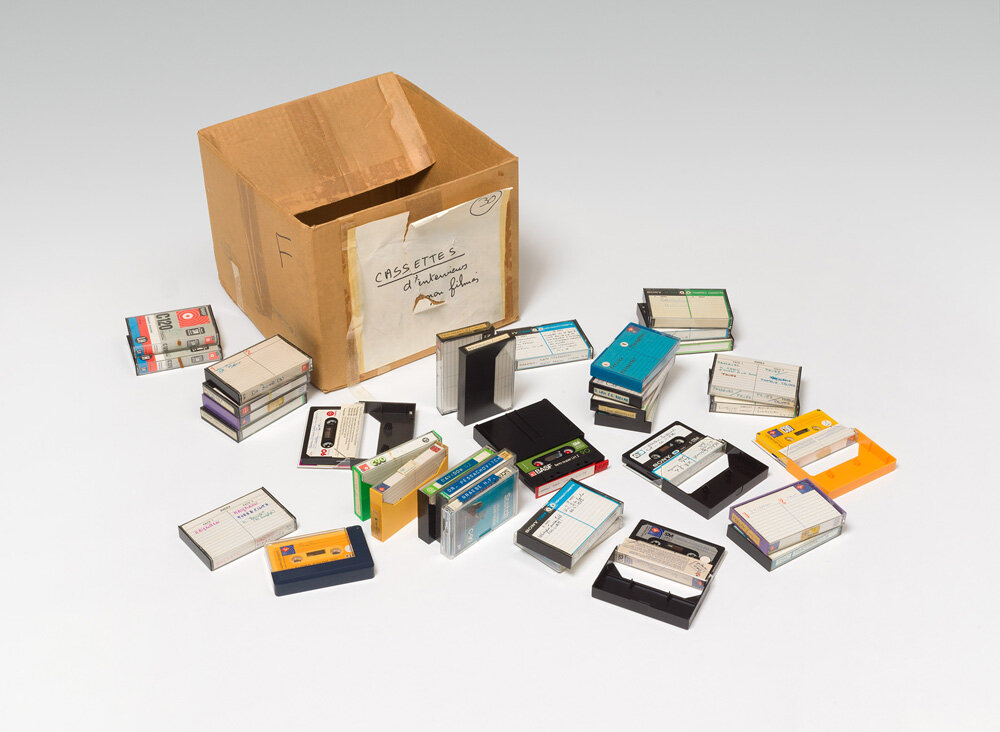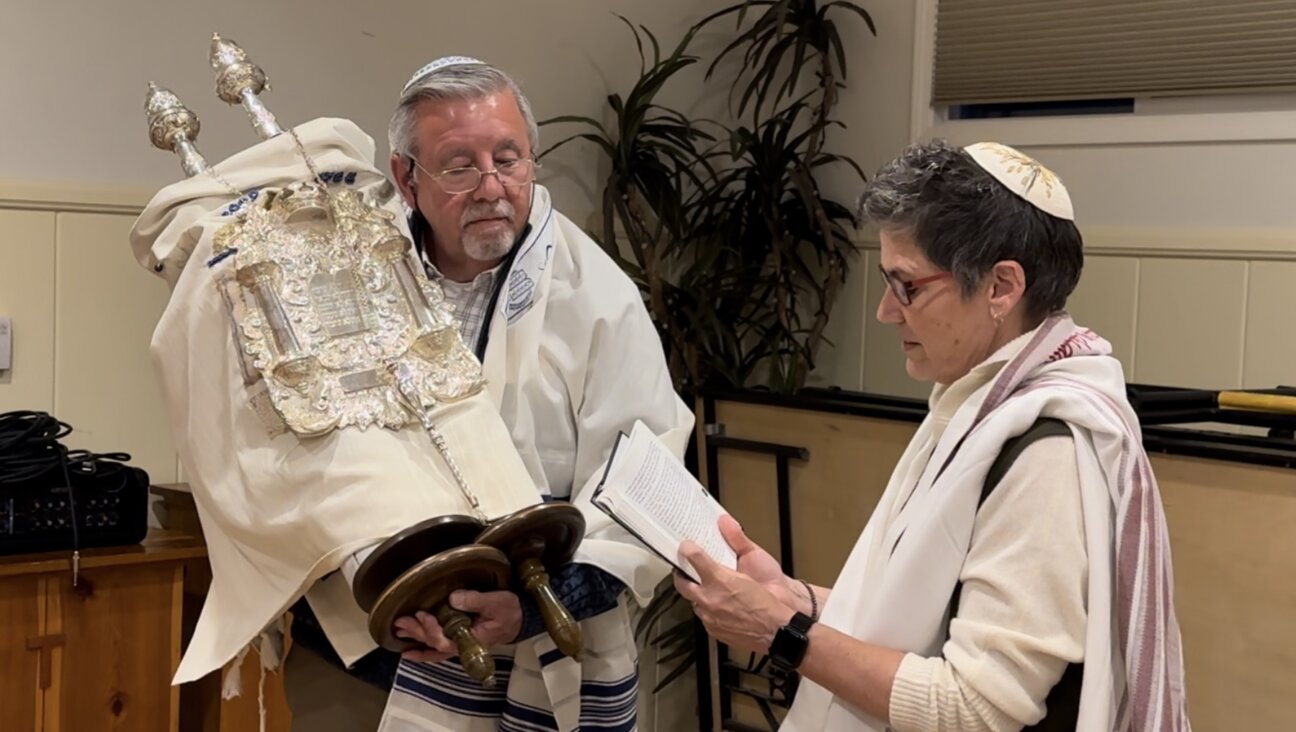Why Jews bury books like they bury the dead
Every year, a rabbi gathers with his congregation to bury torn prayer books and worn-out Torah scrolls. It’s a quiet ritual — but one that carries the full weight of Jewish reverence for the sacred

When Temple B’nai Israel in White Oak, Pennsylvania closed down in 2025, Rabbi Howie Stein buried the remaining yahrzeit plaques and other Jewish objects at the synagogue’s cemetery. Photo by Debbie Iszauk
For many years, I’ve stood with members of my congregation in our cemetery — not to bury a person, but to bury books.
There are no eulogies. We lower tattered prayer books, weathered bibles, Passover Haggadot, and other sacred texts into the earth. Judaism teaches that such objects, when no longer usable, must be treated not like garbage, but like the dead: with dignity, care, and a return to the soil.
The practice is ancient. The biblical source comes from Deuteronomy, which commands the Israelites to destroy the idols of foreign gods, but then adds: “You shall not do so to the Lord your God.”
From this, the sages derived the idea that holy objects — known as shemot, literally “names” — must be handled differently. Because they contain God’s name, they contain holiness. And holiness demands care. (A common Ashkenazi and Yiddish pronunciation is shammes.)
Anything with inherent sanctity — such as a Torah scroll, a mezuzah parchment, tefillin, or a prayer book — does. Even items adjacent to holiness, like a mezuzah case or a tefillin bag, are traditionally buried out of respect.
How do you bury a book?
Practically speaking, how does it work? Most of us may have old Jewish prayer books. Are we expected to dig a hole in our backyard for burial?
Many synagogues, including mine, collect worn sacred texts and store them until they can be buried — often during funerals, alongside someone who has passed away. For many families, that shared resting place feels deeply meaningful.
This tradition of sacred storage is called Shemot LeGenizah. The word genizah means “hiding place” — a kind of holy storage room. The most famous genizah in history was discovered in the 1750s, tucked inside the Ben Ezra Synagogue in Cairo. It held hundreds of thousands of manuscript fragments, eventually studied and cataloged by Solomon Schechter in the late 19th century. Many of those texts are now preserved in libraries and museums.
But most sacred texts, eventually, make their way to the ground.
There’s something profound about that. To place our worn-out words in the same soil as our loved ones is to affirm that Jewish texts aren’t just information — they are inspiration, companions, vessels for God’s presence. As Rabbi Abraham Joshua Heschel wrote: “What we need more than anything else is not text-books but text-people.”
To be Jewish is not just to study sacred words, but to live them. And when the ink fades and the pages fall apart, we give them the burial they deserve as we would bury a body but with the hopes that the words live within us as do the legacies of those who may have died but who live on forever.















